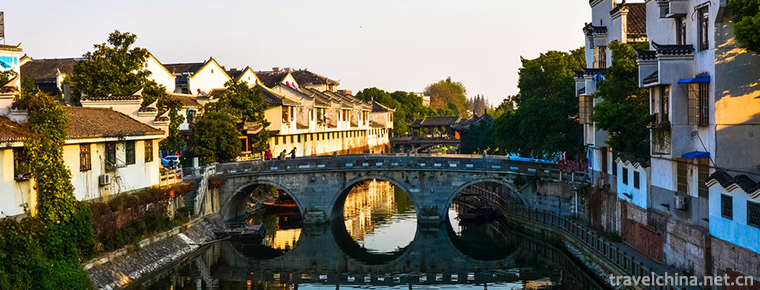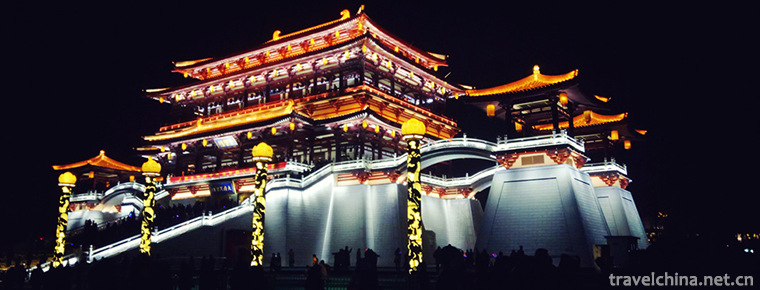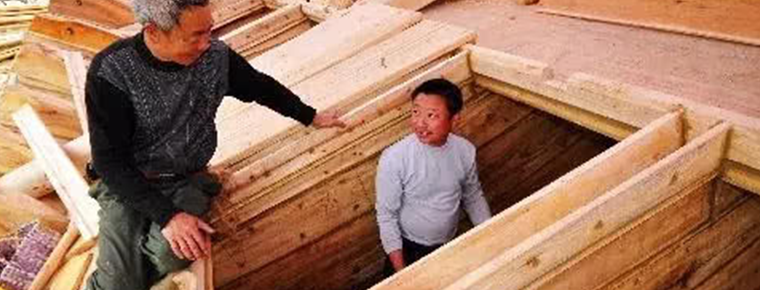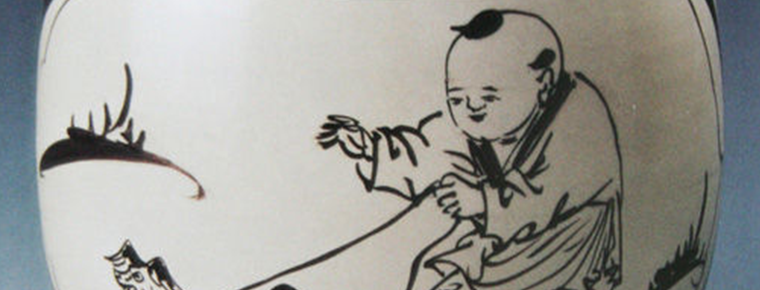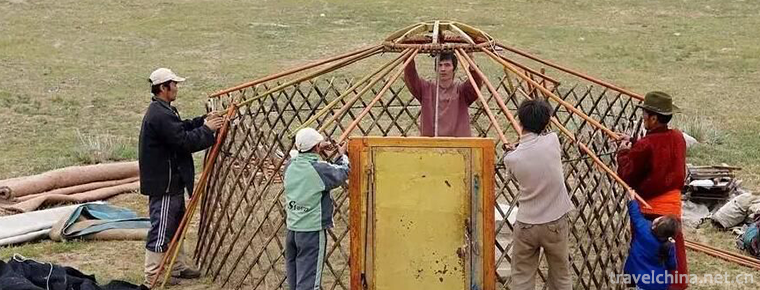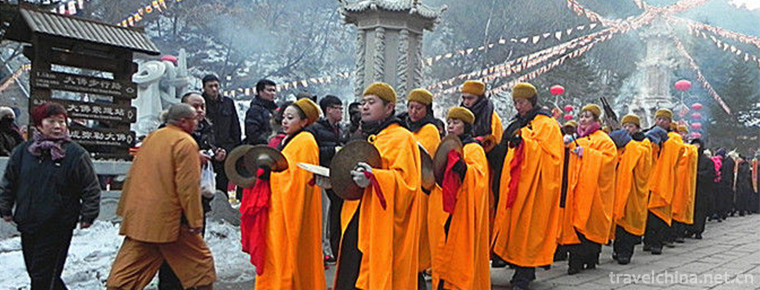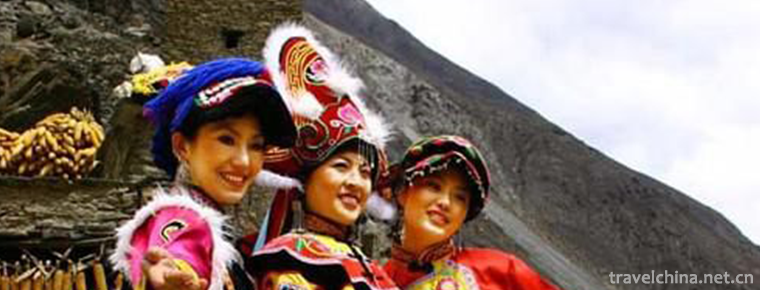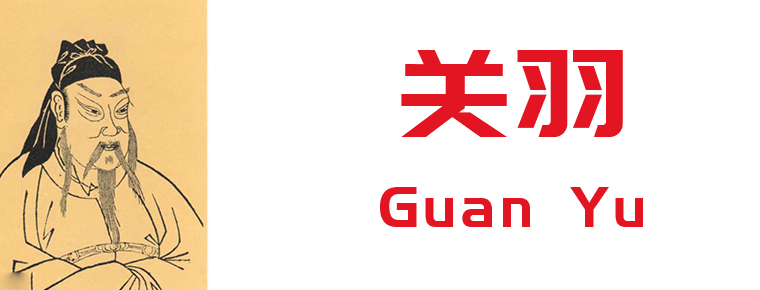Weaving Techniques of Summer Cloth
Weaving Techniques of Summer Cloth
Xia Fabric Weaving Technology, a local traditional weaving technology in Wanzai County, Jiangxi Province, is one of the national intangible cultural heritage.
Wanzai summer cloth is completely manually woven. Its production process mainly consists of ramie treatment, yarn performance and weaving. It needs many processes to weave.
On June 7, 2008, Xia Fabric weaving technology was approved by the State Council and listed in the second batch of national intangible cultural heritage list, item number_-102.
historical origin
Xia cloth production has a long history. Wanzai Xia cloth production traces back to the late Eastern Jin Dynasty. It has a history of more than 1600 years. According to legend, during the Northern and Southern Dynasties, Nonglin Siyuan, Wanzai Township, discovered the resilient herbaceous plant ramie and peeled off its epidermis to make curtains. The effect was very good.
Since then, Wanzai people have gradually improved the performance of ramie, using pure ramie fiber to weave summer cloth. Wanzai summer cloth has many kinds, such as natural color, bleaching, dyeing, printing and so on. Its yarn is soft, edge shrinkage is flat, knitted evenly, and its color is beautiful. It is not wrinkled, deformed, easy to wash, cool and sweat. It was listed as a tribute in Tang Dynasty. In the Ming Dynasty, farmers in the county engaged in the production of summer cloth concurrently, and there were hundreds of businesses in Wanzai County. In the Qing Dynasty, there were many workshops in Wanzai County engaged in the production of summer cloth. By the 1930s, Wanzai Xiab had participated in many joint exhibitions of Jiangxi Province and provincial specialty products, which were well received. Its "soft lubrication, smooth as water mirror, light as Luoxie" is well-known throughout the country, sold overseas, and known as one of the three major specialties in Jiangxi.
Contemporary, in order to meet the needs of modern development and people's needs, as well as the use and export requirements of summer cloth at home and abroad, Wanzai people will bleach and dye summer cloth or change shaping in production, and introduce Korean modern textile technology mechanized production by manual workshop development, which integrates bleaching, drying and shaping, and can print and dye summer cloth of various colors into various roses. Liduoshi dresses and other clothing, as well as yarn drawing into airplanes, yachts, cars, all kinds of exquisite cushion cloth and curtains, tea sets, sofa decorative cloth are very popular, greatly improving the added value of products, but also reducing the impact of modern process production on Xia cloth.
Technological characteristics
Because the new linen yarn is round, Wanzai summer cloth is also called "round yarn summer cloth". Compared with the flat yarn summer cloth from other places, it has better texture, finer hemp and more durable. This kind of summer cloth has fine quality, smooth edge shrinkage, uniform weaving, beautiful color, strong air permeability, cool and refreshing sweat, no wrinkle, no deformation, easy to wash, the whiter the washing, it is a pure hand-made, pure environmental protection product, no pollution to human body and environment.
Technological process
Wanzai summer cloth was manufactured by hand in the past. Its production process includes ramie treatment and yarn weaving. There are nearly 100 processes. This typical traditional culture has lasted for thousands of years.
- Ramie treatment
Ramie processing program mainly bleaches ramie, including water bleaching, sunlight bleaching, dew bleaching, lime bleaching, carbon fumigation and cow dung impregnation.
Clear water bleaching method: divides into the arrangement, the paving, the sprinkler, the exposure and so on procedure. Arrangement is usually carried out in Lingzhan, before sunrise, ramie is arranged up and down in rows, with rope around the pillar, so that it can be turned over when it is laid in the sun, and the pieces are not disordered; after sunrise, the arranged ramie bars are spread on the green grass, sprinkled after 8:30 in the morning, and then turned over and sprinkled again after drying, so repeating 4-5 times. Sprinkle water to pay attention to appropriate, avoid excessive (lest encounter rainy days, piled up too long and rotten), about 2:30 p.m. will be bundled up, a few days in a row according to this method, about 5 to 6 days later, that is, white ramie.
Sunshine rinsing method: refers to the dry ramie soaked in spring water for 1 to 2 hours, then taken out and exposed to sunlight, then immersed in spring water after a thousand years, and then exposed again, so that after repeated several times, fine white fibers can be obtained.
Dew-drift method: refers to laying ramie flat on the grass on a clear night, so that it is soaked by dew, repeated several times of hemp fiber is white.
Lime water bleaching method: refers to the ramie immersed in lime water, taken out and rinsed with spring water, and then exposed to the sun to dry, the color is white.
Carbon fumigation method: refers to putting ramie in cellar or bamboo cage, baking it with charcoal fire, then drying it in sunlight until it is half-dry, rinsing it with spring water, then drying it with spring water, soaking and drying it again and again for 2-3 times, the hemp fiber will appear white.
Cattle dung impregnation method: refers to filling cattle dung and warm water in a vat, fully stirring ramie into water for 1 to 2 hours, after taking out, rinsing with clean water, exposure to sunlight, and re-immersion in cattle dung water, so that for 3 to 4 consecutive times, hemp fiber is white.
Ramie can be washed and blended into ramie by the above-mentioned methods. According to its quality and length, it can be divided into the grades of Biaozhuang, Touzhuang, Erzhuang, Sanzhuang, Baisuo and sunning. Biaozhuang refers to the fine white and lustrous ramie with a length of more than 4 feet and 5 inches, which is mainly used for 1200 buckles of high-grade summer cloth; Touzhuang refers to a slightly worse length than Biaozhuang, which is 3 feet long, mainly used for 800-1000 buckles of middle and upper summer cloth; Erzhuang and Sanzhuang refer to the second time used in Touzhuang, which is 3 feet long, mainly used for 600-800 buckles of medium summer cloth; Bai rope and sun-green refer to poor rinsing It's less than 3 feet in length and is used to weave 400-500 buttons of fine summer cloth.
Performance yarn
The yarn performance is mainly divided into five processes: bleaching of raw hemp and winding of torn reel twisted yarn, all of which are operated by female workers. When yarn performance, the ramie after natural bleaching is torn into pieces, rolled into strands, put into a clear basin, then combed into a ramie filament with fingers, placed on thigh strands, twisted into fine linen yarn by hand, and then rolled into small strands like cocoon spindles.
- Weaving
Weaving is divided into four processes: brushing, looming, sizing and weaving, among which brushing and weaving are difficult. Brushing cloth is mostly male workers. When brushing cloth, the yarns rolled into yarn spindles are separated, stretched and lengthened. One end is hung on the warp rack and the other end is rolled into a big knot. A wooden stick (5-6 feet long) is used to hold a large stone on it and dip in the pre-boiled rice flour paste (rice flour paste is made of rice and vegetable oil). Each summer cloth needs 1 kilogram of rice and 0.1 kilogram of vegetable oil to evenly come. Brush back evenly. After the sizing yarn is aired, the loom is installed and the weaving begins. Weaving temperature is not suitable for supercooling and superheating, yarn is easy to crack, forming broken particles, affecting the quality of summer cloth, most of the weaving is women (so summer cloth is also known as women's cloth), generally 2 days can be woven into a summer cloth.
Inheritance and Protection
Inheritance value
Shabu is named for its cool and pleasant use in summer wear. It is a linen fabric woven from ramie. Xia Bu has a history of weaving for thousands of years. Chongqing Rongchang Xia Bu is a national intangible cultural heritage. It is known as the "home of Xia Bu in China". Xia Bu weaved here was exported to Korea, Japan and the South Ocean as early as the Qing Dynasty.
After generations of inheritance, the weaving techniques of summer cloth have played an important role in Rongchang, an ancient land.
Current situation of inheritance
With the increasing of chemical fibre cloth produced by machinery and the decreasing of ramie as the raw material of traditional summer cloth, the profit of summer cloth production is getting lower and lower. Many people are unwilling to engage in this complicated handicraft, and the printing and dyeing skills of summer cloth are also lacking. In this case, Xia Fabric weaving technology is on the verge of extinction and needs rescue and protection.
In December 2018, the Ministry of Education identified Rongchang Xia Fabric Weaving Technology Inheritance Base of Southwest University as the first batch of excellent traditional Chinese culture inheritance bases of national universities.
Heritage figures
Yan Kunji, male, born in January 1930, is the representative successor of the third batch of national intangible cultural heritage projects. The declared item is Xia Fabric Weaving Technology.
Li Jiankang, male, is the representative successor of the fifth batch of national intangible cultural heritage projects. The declared item is Xia Fabric Weaving Technology.
protective measures
On June 20, 2018, Wanzai summer cloth weaving technology was selected as the first batch of national traditional technology revitalization catalogue.
On September 16, 2018, the opening ceremony of Xia Fabric Weaving Technology Seminar, co-sponsored by Beijing Garment Institute and Chongqing Rongchang Xia Fabric Workstation, was held at Beijing Garment Institute.
social influence
Important Exhibitions
In 2010, the weaving skills of Wanzai summer cloth were displayed in Shanghai World Expo.
On June 28, 2017, the weaving skills of Wanzai summer cloth were displayed at the main venue of the 6th Chengdu International Intangible Cultural Heritage Festival.
Honorary recognition
In 2017, Wanzai Xia fabric weaving technology won the "Best Exhibition Award" at the 9th China intangible cultural heritage exposition held in Hangzhou, Zhejiang Province.

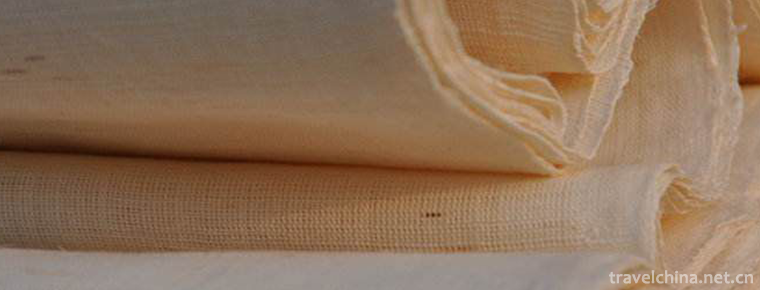
-
Sanhe ancient town Scenic Area
Sanhe Ancient Town Scenic Area is located in Feixi County, Hefei City, on the shore of Chaohu Lake, adjacent to Lujiang County and Shucheng County.
Views: 143 Time 2018-12-08 -
Dayan Pagoda Datang Furong Garden Scenic Area
The Furong Garden of the Tang Dynasty is located in Qujiang Development Zone in the south of Xi'an City, Shaanxi Province, on the southeast side of the Big Wild Goose Pagoda..
Views: 161 Time 2018-12-12 -
Traditional Wooden Ship Manufacturing Techniques
Fuyang has a long history of shipbuilding. As early as the Tang Dynasty, water transportation was glorious. Fuyang Lingqiao wooden boats are mainly distributed in towns along the Fuyang River, especia.
Views: 333 Time 2019-04-21 -
Sintering Techniques of Cizhou Kiln
Cizhou kiln firing technology, the local traditional firing technology of Fengfeng mining area in Hebei Province, is one of the national intangible cultural heritage..
Views: 108 Time 2019-04-22 -
Mongolian yurt building skills
Mongolian yurt building skills, the traditional local skills of Xiwuzhumqin Banner and Chenbalhu Banner in Inner Mongolia Autonomous Region, one of the national intangible cultural heritage..
Views: 111 Time 2019-06-03 -
The technical skill of penjing
Bonsai art refers to the Soviet bonsai art, which originated in the Tang Dynasty, flourished in the Ming Dynasty, matured in the Qing Dynasty, and developed in modern times. Since the 1980s, Suzhou Bo.
Views: 236 Time 2019-06-09 -
Qianshan Temple Music
Qianshan, located 20 kilometers southeast of Anshan City, Liaoning Province, is one of the most famous scenic spots in the country. In the northeast, Qianshan is as famous as Changbai Mountain in Jili.
Views: 152 Time 2019-06-10 -
Valorafo Festival of the Qiang Nationality
The "Valorafo Festival of the Qiang Nationality", known in Chinese as the "Song Fairy Festival" or "Leading Song Festival" and "Song Invitation Festival", is a .
Views: 172 Time 2019-06-10 -
The Story of the Hundred Birds Clothes of the Zhuang Nationality
At the beginning of liberation, Guangxi was a remote part of China at that time, but the appearance of Hundred Birds'Clothes showed that Guangxi was not a barren place for literature, and the minority.
Views: 202 Time 2019-08-16 -
Guan Yu
Guan Yu(? - 220 years), the word is long, then changed word cloud length. Hedong County Jie county (today) Shanxi Yuncheng People are called "beauty beard Gong". Early follow Liu Bei In the .
Views: 133 Time 2019-09-07 -
Exhibition hall of taipingdu in Chishui
Gulin Taiping ferry, located in Taiping town at the intersection of the upper reaches of Chishui River and Gulin River, is the most important ferry for the Red Army to cross Chishui on the Long March, with an area of about 1.5 square kilometers. The residential buildings of the Qing Dynasty in the ancient streets of the town are well preserved, one after another.
Views: 207 Time 2020-10-16 -
Life of Suining residents
In 2019, the per capita disposable income of Suining residents was 24865 yuan, an increase of 9.6% over the previous year. The per capita disposable income of urban residents was 34854 yuan, an increase of 3024 yuan over the previous year and an .
Views: 333 Time 2020-12-16
